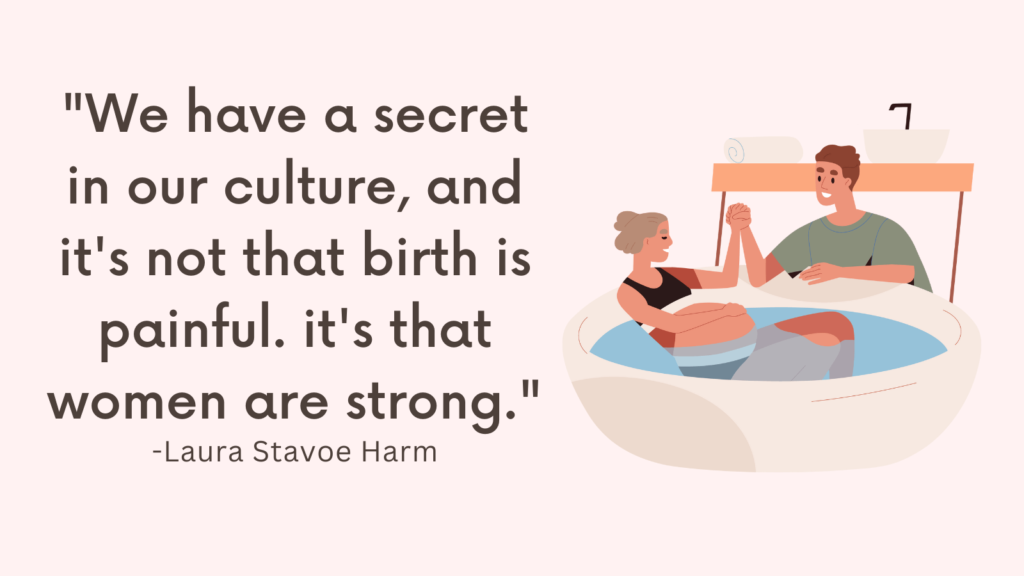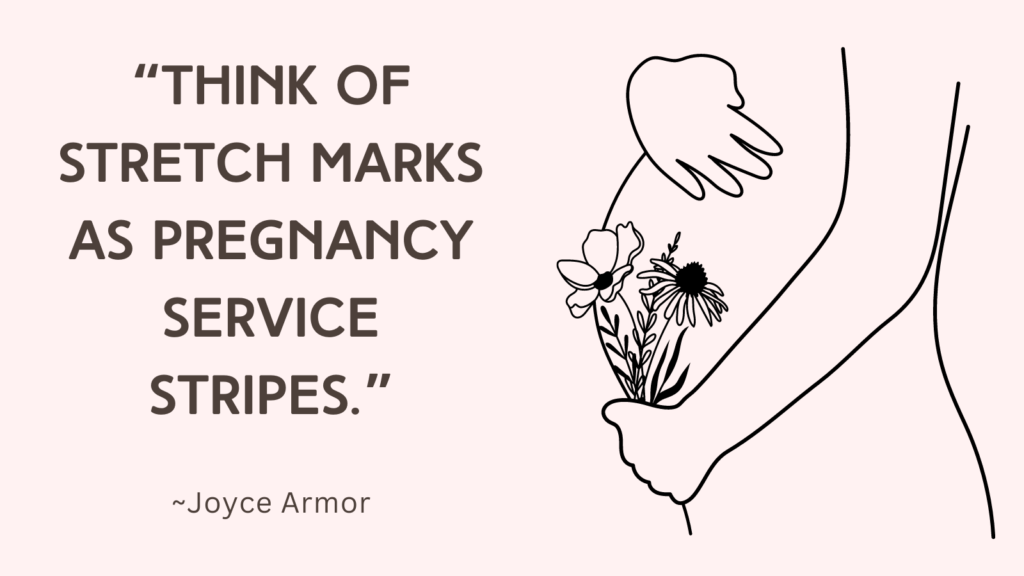In this post, you’re going to find out if curb walking can induce labor.
Curb Walking To Induce Labor: Does It Help?
Curb walking, also known as “sidewalk surfing,” involves walking along the edge of a curb or step with one foot on the curb and one foot off.
It is believed by some people that this activity may help induce labor.
However, it’s important to note that there is limited scientific evidence to support the effectiveness of curb walking as a method to induce labor.
While physical activity, such as walking, can have potential benefits during pregnancy, including improved circulation and muscle tone, its ability to specifically trigger labor is not well-established.
The onset of spontaneous labor is a complex process involving hormonal, physiological, and other factors, and it typically occurs when the baby and the mother’s body are ready.
If you are near or past your due date and interested in natural methods to encourage labor, it is recommended to discuss your options with your healthcare provider.
They can provide guidance based on your individual circumstances and determine whether interventions like curb walking would be appropriate for you.
Related: Top 5 Dos And Don’ts Before Being Induced
Safe Exercise and Physical Activity To Induce Labor
Let’s explore safe exercise and physical activity to potentially help induce labor.
It’s important to note that while these methods are generally considered safe, it’s crucial to consult with your healthcare provider before attempting any exercise regimen or physical activity, especially if you have any medical conditions or pregnancy complications.
Your healthcare provider will be able to provide personalized advice based on your specific situation.
Exercise and physical activity during pregnancy can offer numerous benefits, including improving overall well-being, maintaining a healthy weight, promoting cardiovascular health, and enhancing mood and energy levels.
Additionally, some evidence suggests that specific exercises could potentially help stimulate contractions and prepare the body for labor.
Here are some safe exercises and physical activities that may be worth considering:
1. Walking
Walking is one of the safest and simplest exercises during pregnancy.
It’s low-impact, helps improve cardiovascular fitness, and encourages the engagement of several muscle groups, including the legs, hips, and core.
Taking regular walks can also help encourage the baby’s descent and put gentle pressure on the cervix.
When walking to potentially induce labor, consider maintaining an upright posture, swinging your arms naturally, and taking slightly longer strides.
Walking on uneven surfaces or uphill can further engage your muscles and potentially promote contractions.
Start with shorter walks and gradually increase the duration and intensity as tolerated.
Related: Best 8 Techniques for Gentle Birth
2. Squats
Squatting can help open up the pelvis, encourage the baby to move down, and put pressure on the cervix.
Begin by standing with your feet slightly wider than hip-width apart and toes pointed slightly outward.
Slowly lower your body into a squatting position while keeping your heels on the ground, chest lifted, and back straight.
Hold the squat for a few seconds before rising back up.
Repeat 10-15 times, taking breaks as needed.
3. Pelvic Tilts
Pelvic tilts can help strengthen the pelvic floor muscles and potentially encourage the baby’s optimal position for labor.
Begin by standing with your feet hip-width apart and placing your hands on your hips.
Tilt your pelvis forward by pushing your tailbone backward and arching your lower back.
Hold for a few seconds, then tilt your pelvis backward, rounding your lower back.
Repeat this motion 10-15 times, gradually increasing the range of motion as tolerated.
Related: Best +30 Birth Affirmations
4. Prenatal Yoga
Prenatal yoga can provide gentle stretching, relaxation, and strengthening exercises suitable for pregnant individuals.
Yoga poses like Cat-Cow, Child’s Pose, and Butterfly Stretch can help alleviate tension, improve flexibility, and potentially encourage the baby’s descent.
Look for prenatal yoga classes specifically designed for pregnant women to ensure the exercises are safe and appropriate.
5. Swimming
Swimming and water aerobics are excellent low-impact exercises during pregnancy.
They provide resistance without putting strain on the joints.
The buoyancy of the water can also relieve pressure on your back and legs.
Consider gentle swimming strokes, such as breaststroke or backstroke, and avoid any activities that involve deep diving, jumping, or abrupt movements.
Related: Dad Hospital Bag: What To Pack In Hospital Bag For Dad?
6. Kegel Exercises
Kegel exercises target the pelvic floor muscles, which play a vital role in childbirth.
Strengthening these muscles can potentially help with the pushing phase of labor and reduce the risk of urinary incontinence postpartum.
To perform kegel exercises, imagine stopping the flow of urine midstream and squeeze those same muscles for a few seconds.
Release and repeat several times, gradually increasing the duration and intensity of the contractions.
7. Birth Ball Exercises
Using a birth ball (also known as an exercise or stability ball) can help improve posture, relieve back pain, and potentially help open the pelvis.
Sit on the birth ball with your feet flat on the floor, legs hip-width apart. Gently rock your pelvis in circular or figure-eight motions.
You can also try sitting on the ball and bouncing gently.
Use the birth ball under the guidance of a certified prenatal fitness instructor to ensure proper technique.
Related: How To Find A Midwife? Top 11 Steps
Conclusion
Remember to listen to your body and make modifications as necessary.
If you experience any pain, discomfort, dizziness, or unusual symptoms during exercise, stop immediately and consult your healthcare provider.
Additionally, it’s important to stay hydrated, wear comfortable clothing and supportive shoes, and avoid overheating.
While exercise and physical activity may have the potential to help induce labor, it’s important to approach these techniques with realistic expectations.
Each pregnancy is unique, and there is no guarantee that exercise alone can initiate labor.
Always consult with your healthcare provider to discuss your options, assess any risks, and determine the best course of action for your specific situation.
It’s also worth mentioning that there are medical methods, such as cervical ripening agents or synthetic oxytocin, that healthcare providers may recommend if natural methods fail or are contraindicated.
These interventions should only be administered in a medical setting under professional supervision.




